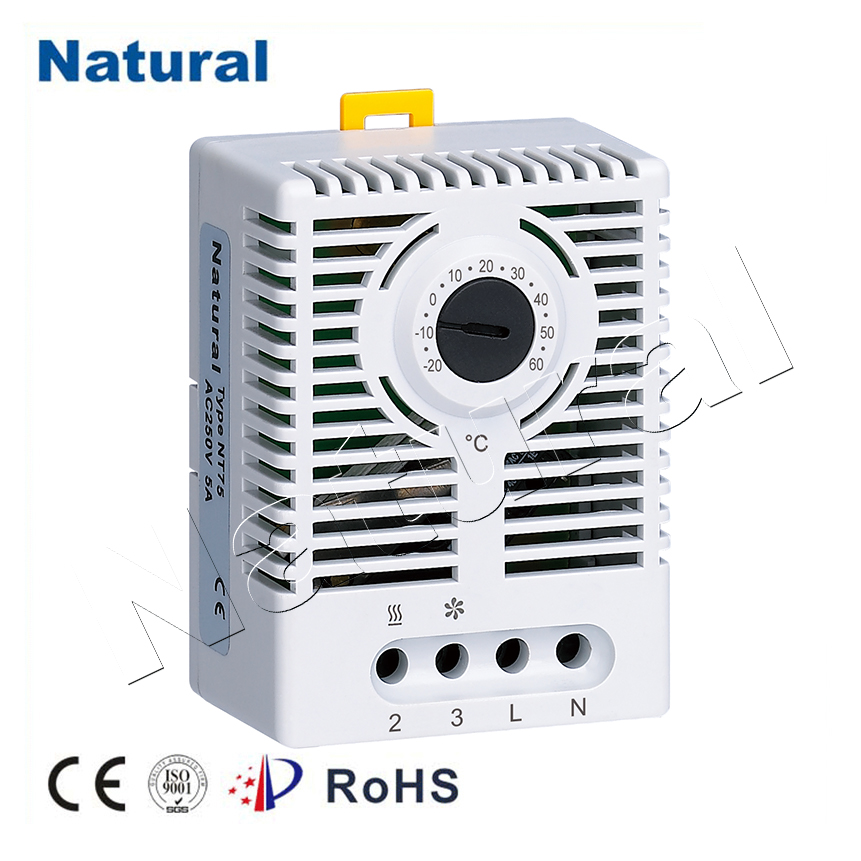Thermostat thermal protectors play a crucial role in maintaining the temperature and preventing overheating in various electronic devices and appliances. Among the different types of thermal protectors, two common configurations are normally open (NO) and normally closed (NC) thermostats. In this article, we will delve into the workings of these two types of thermal protectors and explore their applications.

Introduction to Thermostat Thermal Protectors: Thermal protectors are temperature-sensitive devices that are designed to monitor the temperature of a system and interrupt the circuit when the temperature exceeds a predetermined threshold. This interruption helps prevent damage caused by overheating, which is particularly important in devices like motors, transformers, power supplies, and other electronic equipment. Normally Closed (NC) Thermostat Thermal Protector: A normally closed (NC) thermostat thermal protector is designed to maintain a closed circuit under normal operating temperatures. In other words, the contacts of the thermostat are in contact with each other, allowing the current to flow through the protected circuit. However, when the temperature rises above a specified level, the bimetallic element inside the thermostat bends due to thermal expansion. This bending action causes the contacts to open, interrupting the current flow and cutting off the power to the device. This action prevents the device from overheating and potentially causing damage. NC thermostat thermal protectors are commonly used in applications where safety is of utmost importance. For instance, they are used in household appliances like irons and coffee makers, as well as industrial equipment like electric motors and pumps. The inherent fail-safe nature of NC thermostats ensures that power is cut off when needed, providing an extra layer of protection against potential hazards. Normally Open (NO) Thermostat Thermal Protector: Conversely, a normally open (NO) thermostat thermal protector is designed to keep the circuit open under normal conditions. This means that the contacts are not touching, and the current cannot flow through the circuit. When the temperature rises beyond the preset threshold, the bimetallic element in the thermostat bends, closing the contacts and allowing current to flow. This action triggers the activation of cooling mechanisms or alarms, alerting the user or initiating actions to bring the temperature back to a safe level. NO thermostat thermal protectors find applications in scenarios where immediate action is necessary to prevent overheating. They are commonly used in HVAC systems, refrigerators, and other cooling systems. When the temperature inside the system rises excessively, the NO thermostat activates the cooling components to lower the temperature and prevent any damage. Conclusion: Making the Right Choice: Both normally open and normally closed thermostat thermal protectors have their unique roles in safeguarding devices and systems from overheating. The choice between these two types depends on the specific application and the desired safety strategy. While normally closed thermostats provide automatic power cut-off, normally open thermostats initiate active cooling or alarming processes. In the world of electronics and appliances, thermal protectors stand as unsung heroes, silently ensuring the safe and reliable operation of various devices. Understanding the distinctions between normally open and normally closed thermostat thermal protectors empowers engineers and users to make informed decisions that contribute to the longevity and safety of their equipment.